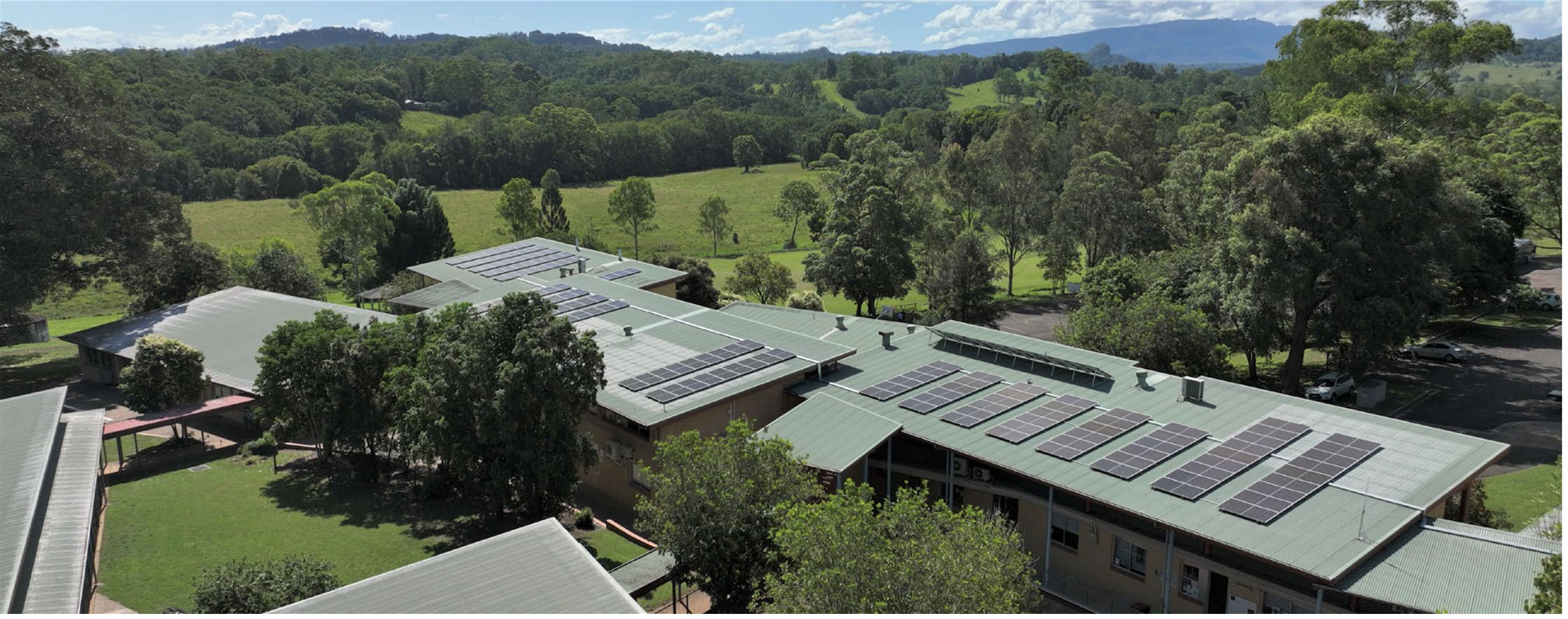
03 Mar Smart Energy Schools show the way to clean cheap energy
Australian Parents for Climate Action welcomes the recent announcement that the NSW Government will fund another 18 schools to install solar and battery systems as part of its Smart Energy Schools Pilot project.
The NSW Government solar program is the largest of its kind in Australia with around 4,600 solar panels and 3,200 kilowatt hours of battery energy storage capacity currently being installed at 79 public schools.
Australian Parents for Climate Action CEO Nic Seton said:
“Over 12,300 parents across the country have signed our letter to state and federal leaders calling for schools and early childhood centres to receive clean energy cost-saving solutions.
“All parents and students want to see climate action in their schools and communities, but hundreds of NSW state schools still don’t have any solar or battery support. We call on all federal and state governments, and all sides of politics, to ensure that every school and early childhood centre is included so that no community is left behind in the move to cheap clean energy.”
About the NSW Public Schools Smart Energy Pilot Project
Solar and battery energy storage systems and air conditioning units with smart controls have now been installed at 24 schools taking part in the first stage of the Smart Energy Schools Pilot project. An additional 18 NSW public schools will now receive solar and battery energy storage systems and join the Virtual Power Plant trial.
About 1,900 solar panels have been installed at the schools and are connected to battery energy systems capable of storing 950 kilowatt hours of electricity.
The systems have been switched on and are working well, helping to reduce carbon emissions from the electricity supply by an average of 30 percent. They are also helping to reduce electricity cost by more than $14,000 each month across the 24 original schools.
The systems are set up to reduce demand from the schools’ air conditioning units, under a trial to determine if solar, batteries and air conditioning with demand response controls are effective in reducing the impact of peak loads on the local electricity network.
So far, there hasn’t been a need to control air conditioning via the smart control function.
A full list of participating schools can be found on the Smart Energy Schools Pilot Project.
Main Image: Nimbin Central Public School

